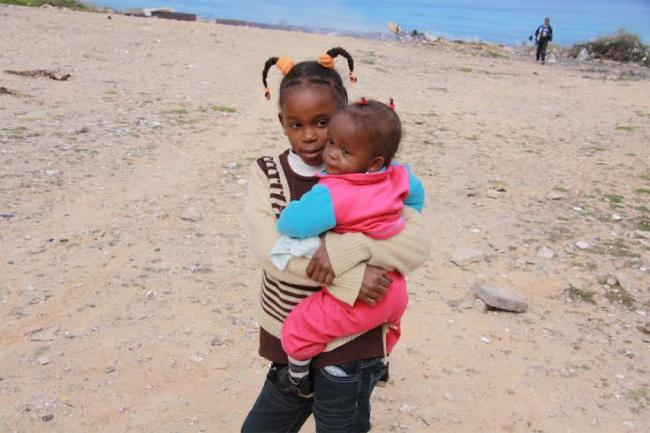01 Jul 2015, 06:34 am Print

“The internally displaced persons (IDPs) comprise 83,697 families, according to countrywide data collected by the Office of the UN High Commissioner for refugees (UNHCR) and its partners, the agency’s spokesperson said from Geneva today, where she was briefing the press.
The numbers could be higher, warned UNHCR, but with limited access, the agency relies heavily on local partners, who are themselves unable to reach all affected areas because of a volatile situation. “This also reduces communication and monitoring and for these reasons their figures are an estimate”, stressed Fleming.
The largest bloc, about a quarter of the IDP population (105,000), is located in the eastern city of Benghazi, where UNHCR has been working with the municipality, as well as local and international NGOs to distribute items to some 6,000 of the most vulnerable IDPs between March and June.
“The main areas of concern in Benghazi relate to the collapse of the health sector, the closure of more than 60 schools as well as universities, criminality stemming from the absence of rule of law, and frequent reports of civilian casualties as a result of fighting in the coastal city,” the UNHCR spokesperson explained.
“Landmines and unexploded ordinance are also a danger to the internally displaced.”
The conflict has also undermined the security of civilians and prevented the safe return of IDPs in Misrata, Tripoli, Warshafana and the Nafusa Mountains in the west, and Awbari in the south. IDPs and host communities in these areas have also been equally affected by diminishing access to education, affordable health care, electricity and other key services, Fleming added.
“Despite the mounting challenges, we have, through partners on the ground, distributed non-food items to more than 10,000 IDPs in Misrata since May. The distribution initially targeted newly displaced populations and vulnerable groups. This represents 17,000, more than half of the IDP population in Misrata.”
With sporadic fighting in the south and a resumption of tribal tensions between the Tebu and Tuareg communities, the displacement situation threatens to become protracted with many IDPs unable to return or returning to unsustainable conditions such as in the border province of Awbari. “Access to southern Libya and delivery of relief items remains a challenge for us because of conflict and disrupted supply chains,” the spokesperson acknowledged.
In Libya, she said, UNHCR is also providing medical assistance to refugees and asylum-seekers in urban areas and financial support to the most vulnerable in Tripoli and Benghazi, as well as critical non-food items to people held in detention after being rescued or intercepted at sea by the Libyan Coastguard, or arrested on land for lack of legal residence permit.
Photo: UNHCR/L. Dobbs
- Pakistan: Gunmen abduct, kill nine passengers in Balochistan
- Islamabad designates Iran-backed Shiite militant group Zainebiyoun Brigade as terror organisation
- Quetta blast leaves one dead
- Exchange of fire with security forces leaves two terrorists killed in Pakistan
- Karachi imposes ban on use of drone cameras following suicide attack which left five Chinese nationals killed






